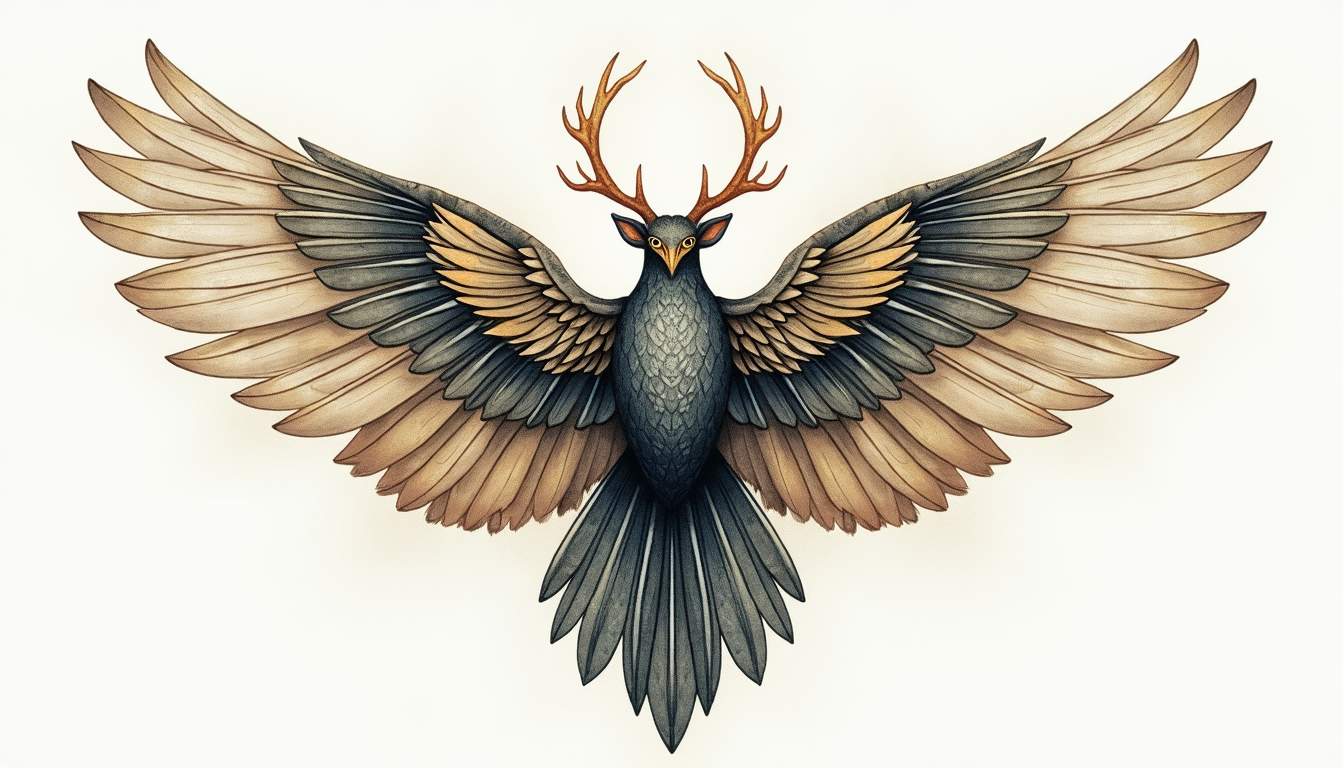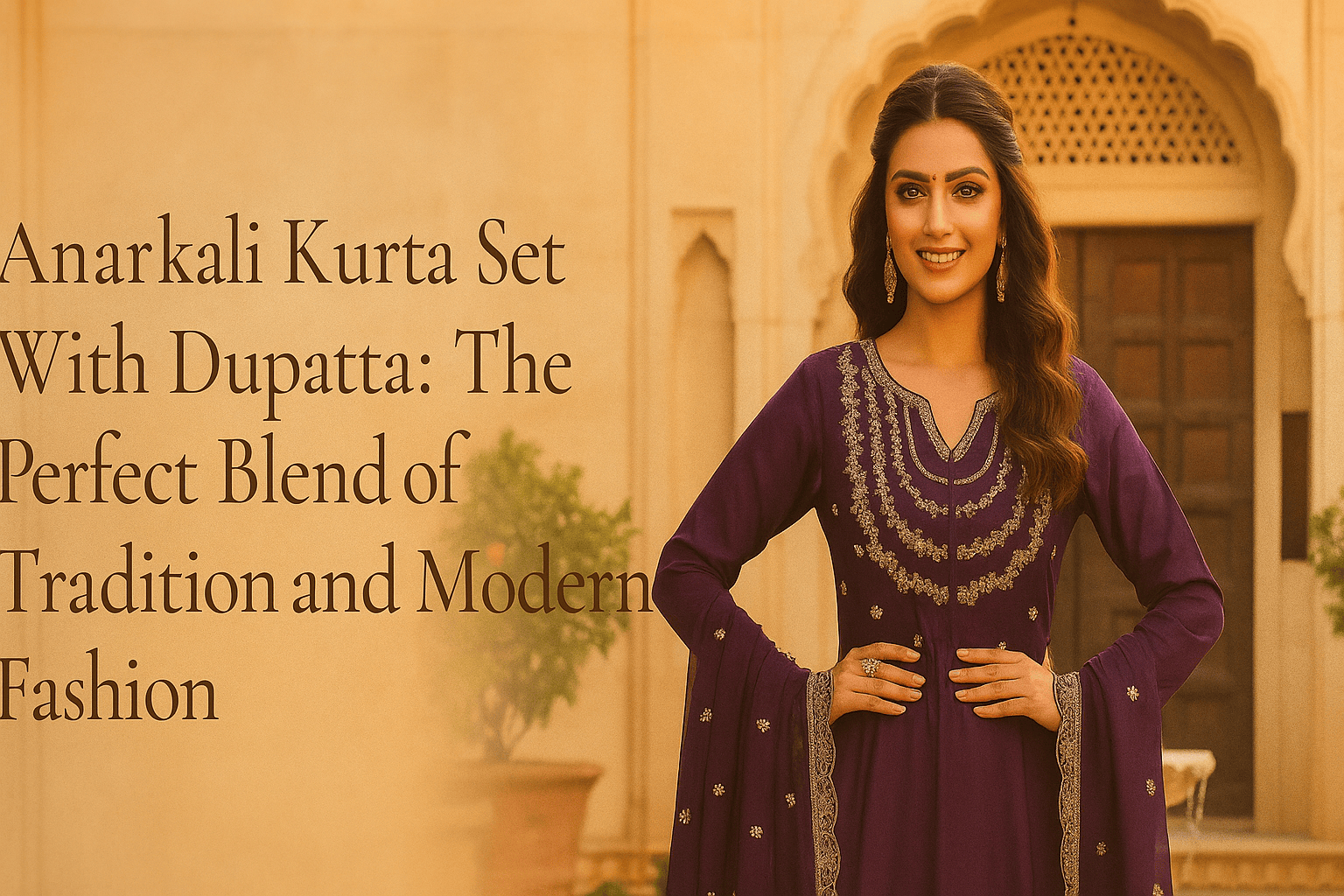
Imagine holding a delicate porcelain pendant shaped like a hummingbird mid-flight, its wings frozen in time, capturing the essence of movement and grace. This is not just a piece of jewelry; it’s a story told through clay and glaze, a bridge between the wild world and human creativity. Animal-inspired porcelain art has a unique way of connecting us to nature, transforming raw beauty into wearable treasures.
The Allure of Animals in Art and Jewelry
Animals have fascinated artists for centuries. Their forms, colors, and behaviors offer endless inspiration. From ancient cave paintings to modern sculptures, the animal kingdom has been a constant muse. Jewelry, as a personal and intimate form of art, naturally embraces this inspiration. Wearing an animal-themed piece can symbolize strength, freedom, or connection to a particular spirit or story. For instance, a lion pendant might evoke courage and leadership, while a delicate butterfly brooch could represent transformation and beauty. These symbolic meanings often resonate deeply with individuals, making animal-themed jewelry not just decorative but also profoundly personal.

Porcelain, with its smooth, luminous surface, provides a perfect canvas for capturing the subtle details of animal forms. Unlike metals or gemstones, porcelain allows for intricate modeling and delicate painting, making it ideal for creating lifelike or stylized representations of creatures. Artists often employ techniques such as underglazing and hand-painting to bring their animal subjects to life, resulting in pieces that are both visually stunning and rich in texture. The versatility of porcelain also allows for a variety of finishes, from glossy glazes that reflect light to matte surfaces that invite touch, enhancing the viewer’s experience and connection to the artwork.
Moreover, the cultural significance of animals in art cannot be overlooked. Many cultures attribute specific meanings to different animals, which can influence the way they are depicted. For example, in Native American art, the eagle is often revered as a symbol of wisdom and courage, while in Asian cultures, the dragon represents power and good fortune. This rich tapestry of symbolism adds layers of meaning to animal-themed art and jewelry, inviting viewers to explore deeper narratives and connections to their own heritage or beliefs. As a result, pieces that feature animals can serve as conversation starters, bridging gaps between cultures and fostering a greater appreciation for the natural world. To discover beautifully crafted animal-themed pieces, you can visit Camp Hollow for unique designs that celebrate this cultural symbolism.
Why Porcelain? The Unique Qualities That Bring Animals to Life
Delicacy Meets Durability
Porcelain is often associated with fragility, but it’s surprisingly durable once fired. This combination of delicacy and strength mirrors many animals’ characteristics. Artists can sculpt fine details—like feathers, fur textures, or the curve of a shell—without sacrificing the piece’s longevity. The high firing temperature of porcelain ensures that it can withstand the test of time, making it an ideal medium for creating art that reflects the beauty of the natural world. For instance, a porcelain sculpture of a bird can capture the essence of its delicate wings while remaining robust enough to be displayed in a variety of environments, from homes to galleries.
Surface and Texture Possibilities
The smooth, white surface of porcelain acts like a blank page. It can be left pure and translucent or painted with mineral-based glazes that add color and depth. Some artists use underglaze painting techniques to create intricate patterns mimicking animal markings, such as the stripes of a tiger or the iridescence of a beetle’s shell. This versatility allows for a wide range of artistic expression; for example, the use of textured glazes can evoke the roughness of a lion’s mane or the sleekness of a dolphin’s skin. Additionally, the reflective quality of glazed porcelain can enhance the visual impact of the piece, capturing light in ways that bring the animal to life in a captivating manner.
Three-Dimensional Storytelling
Unlike flat jewelry, porcelain allows for sculptural forms that can be held and admired from all angles. This three-dimensionality brings animal inspiration to life, making each piece a small sculpture as well as a wearable item. The ability to create dynamic poses, such as a leaping fox or a resting cat, adds a narrative element to the work. Each sculpture tells a story, inviting viewers to engage with the piece and imagine the life of the animal it represents. Furthermore, the tactile nature of porcelain encourages interaction; the smoothness of the surface invites touch, allowing admirers to experience the artistry up close. This connection between the viewer and the artwork deepens the appreciation of both the craftsmanship and the subject matter, fostering a greater understanding of the beauty and complexity of the animal kingdom.
From Field to Studio: The Creative Process
Observation and Research
The journey starts with careful observation. Artists often spend time in nature or study photographs and videos to understand the animal’s anatomy, behavior, and habitat. This research is crucial for capturing authenticity, whether the goal is realism or stylized interpretation.
For example, a porcelain artist creating a fox pendant might note the way the animal’s fur lays, the shape of its ears, and the gleam in its eyes. These details help convey personality and emotion.
Sketching and Design
Next comes sketching. Artists draft multiple designs, experimenting with poses and compositions. This stage is about balancing artistic vision with practical considerations-like how the piece will be worn and how the porcelain will hold up during firing.
Sculpting the Form
Using fine porcelain clay, the artist sculpts the piece by hand or with small tools. This step demands precision and patience. Every curve and texture is shaped carefully to reflect the chosen animal’s essence.
Drying, Firing, and Painting
Once sculpted, the piece must dry slowly to avoid cracking. It then undergoes a bisque firing, which hardens the clay. After this, the artist applies glazes or paints mineral pigments to add color and detail. A final firing seals the design, creating a glossy, durable finish.
Translating Animal Symbolism into Wearable Art
Meaning Behind the Motifs
Animal-inspired jewelry often carries symbolic meanings. A wolf might represent loyalty and intuition, while a butterfly symbolizes transformation and hope. Porcelain artists tap into these stories, infusing their work with layers of significance that resonate with the wearer.

Personal Connection and Storytelling
Wearing an animal-themed porcelain piece can be deeply personal. It might remind someone of a beloved pet, a memorable encounter with wildlife, or a cultural symbol passed down through generations. This emotional connection elevates the jewelry beyond decoration to a cherished talisman.
Combining Tradition and Innovation
Many porcelain artists blend traditional techniques with contemporary design. For instance, they might use classic Chinese porcelain methods to create modern animal forms or incorporate unexpected colors and textures. This fusion keeps the art form fresh and relevant.
Challenges and Triumphs in Porcelain Animal Jewelry
Fragility and Practicality
One of the biggest challenges is balancing the delicate nature of porcelain with the demands of everyday wear. Artists often reinforce pieces with metal mounts or design them to minimize thin, breakable parts. Finding this balance requires both artistic skill and engineering know-how.
Capturing Movement and Life
Animals are dynamic creatures, full of movement and energy. Translating that vitality into a static piece of porcelain is no small feat. Successful artists use subtle curves, textured surfaces, and thoughtful poses to suggest motion and spirit.
Market and Appreciation
Porcelain animal jewelry occupies a niche market, appreciated by collectors and nature lovers alike. Artists who master this craft often find their work celebrated in galleries and exhibitions, gaining recognition for their ability to blend natural inspiration with fine craftsmanship.
Spotlight on Contemporary Artists
Elena Vetrova: The Bird Whisperer
Elena Vetrova’s porcelain birds are renowned for their lifelike detail and delicate beauty. She spends hours observing birds in their natural habitats before sculpting each feather by hand. Her work captures the fragile elegance of species like hummingbirds and swallows, turning them into exquisite jewelry pieces.
Marcus Lee: Mythical Creatures in Porcelain
Marcus Lee blends folklore with nature, creating porcelain jewelry inspired by mythical animals such as dragons and phoenixes. His pieces combine traditional Asian porcelain techniques with bold, modern designs, resulting in jewelry that feels both timeless and contemporary.
Sophia Chen: Minimalist Animal Forms
Sophia Chen’s approach is minimalist yet evocative. She distills animal forms into simple, elegant shapes, focusing on the essence rather than intricate detail. Her porcelain pendants and earrings are perfect for those who appreciate subtlety and symbolism.
Caring for Porcelain Jewelry Inspired by Animals
Porcelain jewelry requires gentle care to maintain its beauty. It’s best to avoid dropping or knocking pieces against hard surfaces. Cleaning should be done with a soft cloth and mild soap, avoiding harsh chemicals that can damage glazes.

Storing porcelain jewelry separately from metal or gemstone pieces helps prevent scratches. Using padded jewelry boxes or soft pouches ensures each piece stays safe and pristine.
Final Thoughts: Wearing Nature’s Art
Animal-inspired porcelain jewelry offers a unique way to carry a piece of the natural world with you. It’s a celebration of life’s diversity, captured in clay and color. Whether it’s a delicate fox brooch or a bold dragon pendant, these pieces invite us to appreciate the beauty and symbolism of animals in a tangible, personal form.
By blending artistry, craftsmanship, and a deep respect for nature, porcelain artists create jewelry that’s more than adornment-it’s a story, a connection, and a work of art that lives with you.

